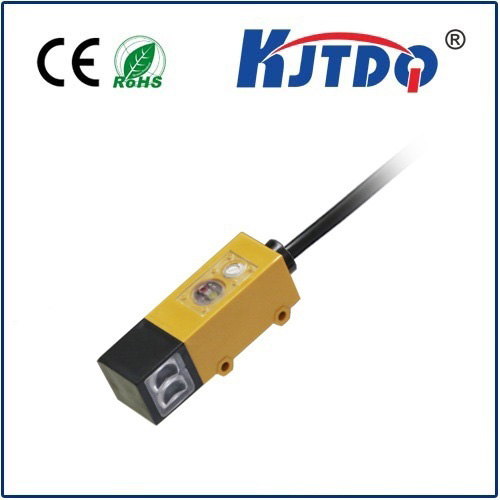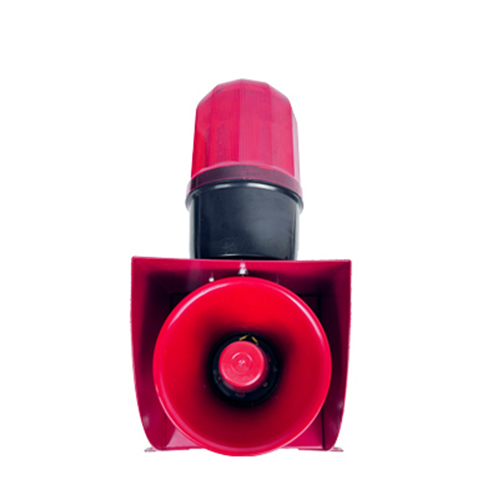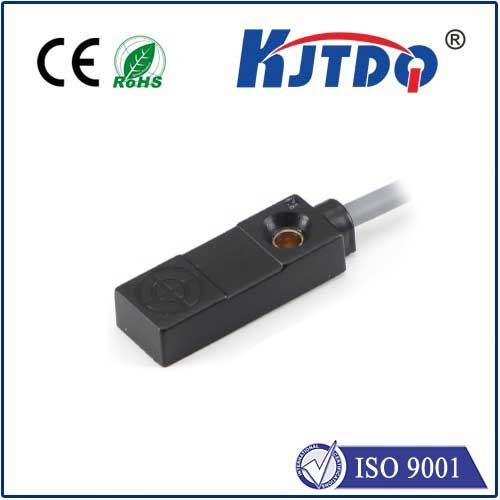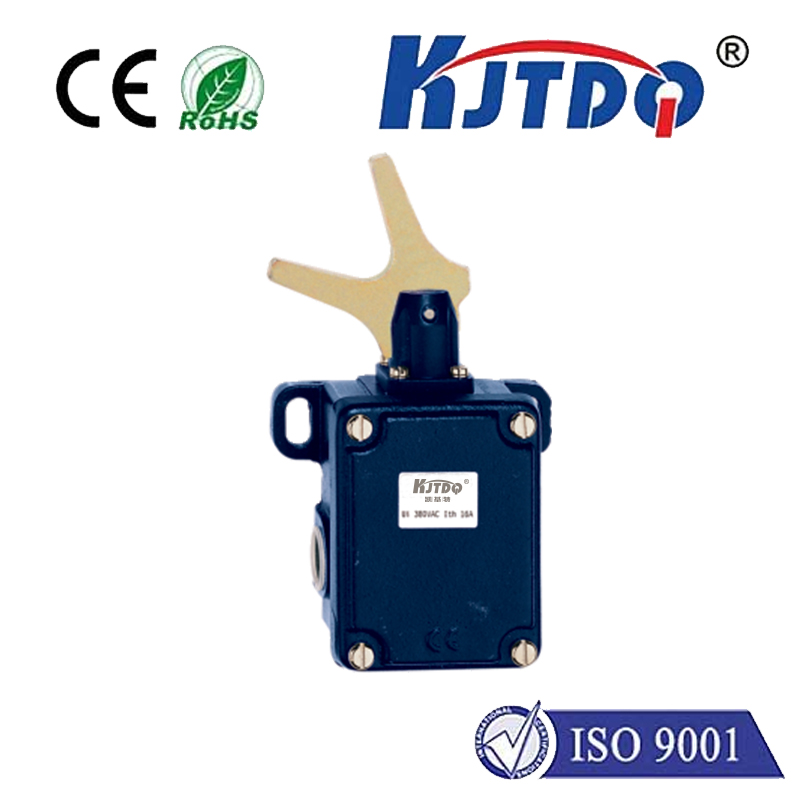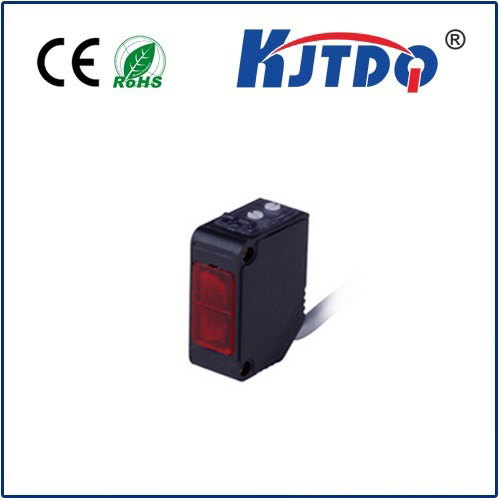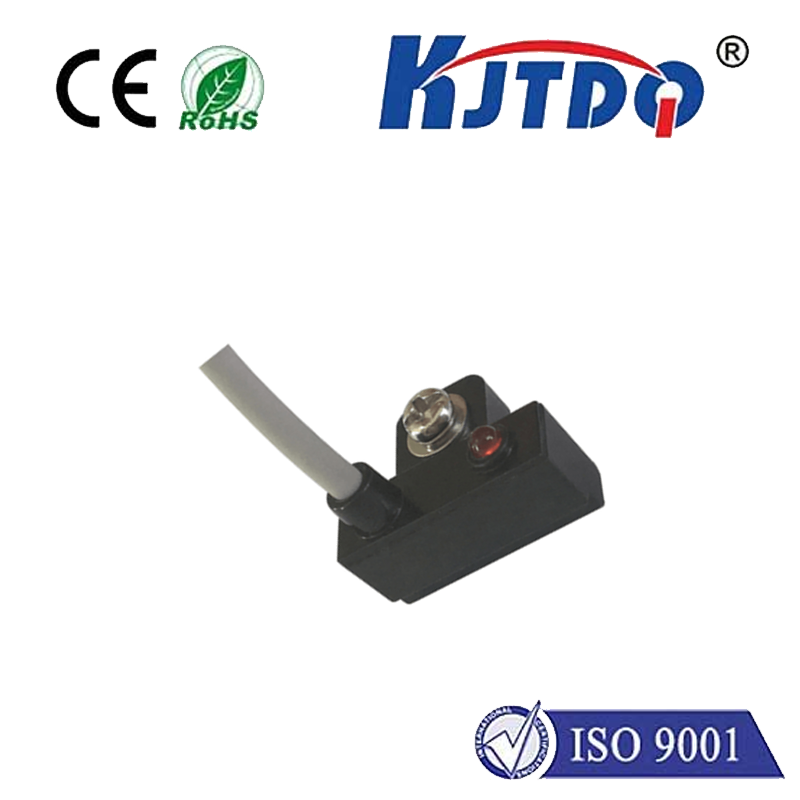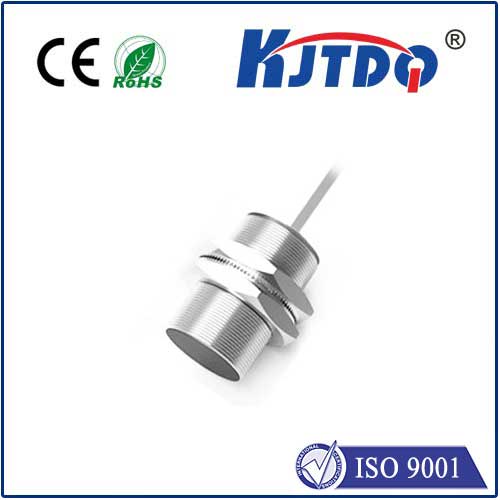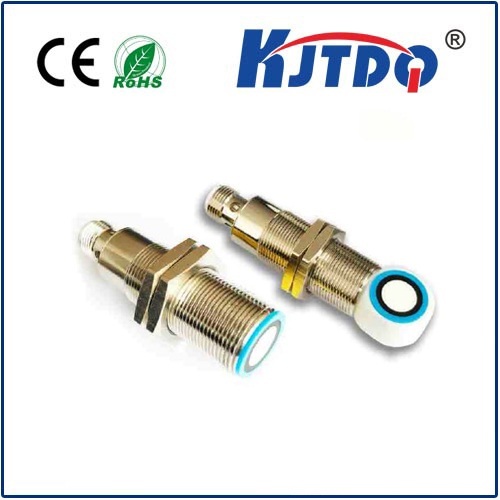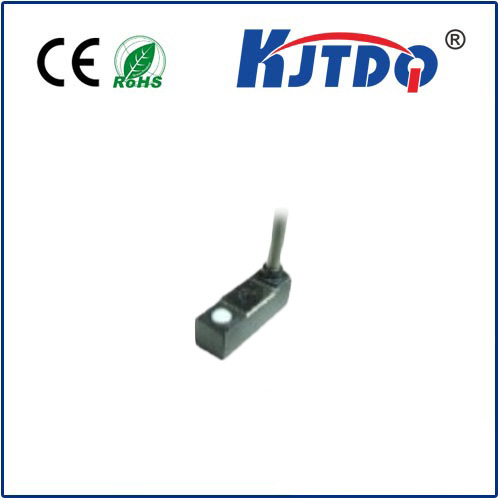npn capacitive sensor
- time:2025-06-20 00:54:21
- Click:0
NPN Capacitive Sensors: The Essential Guide to Non-Contact Proximity Detection
Imagine a world where machines can “sense” objects without ever touching them. Where liquid levels are monitored silently inside tanks, production lines count items flawlessly, and machinery guards react instantly to an approaching hand – all thanks to an invisible electric field. This is the fundamental power of the NPN capacitive sensor, a cornerstone of modern industrial automation.
Understanding Capacitive Sensing: Beyond the Physical Touch
At its heart, capacitive sensing relies on the principle of capacitance – the ability of a system to store an electrical charge. Every object possesses capacitance relative to its surroundings. An npn capacitive sensor generates a high-frequency oscillating electrical field from its active face. When an object enters this field, it disrupts the field’s characteristics, altering the sensor’s internal capacitance.
This change is precisely what the sensor detects. Crucially, the target object doesn’t need to be conductive, unlike inductive sensors. Capacitive sensors react to changes in the dielectric constant (a material’s ability to store electrical energy within an electric field) between the sensor face and the grounding. Materials like plastic, glass, wood, paper, liquids, granules, and even biological substances cause this detectable shift. This makes npn capacitive sensors incredibly versatile for non-contact detection across diverse materials.
The Role of NPN: Understanding the Output Signal

The “NPN” designation refers to the type of transistor output stage used within the sensor itself. It defines how the sensor interfaces electrically with the control system (like a PLC - Programmable Logic Controller). Here’s the breakdown:
- Internal Function: The sensor’s internal circuitry processes the change in capacitance. When the detected change exceeds a preset threshold (the sensing point), it triggers the output stage.
- NPN Transistor Output: An NPN transistor acts like an electronic switch. In its most common configuration (NPN Normally Open - NO):
- No Target: The transistor is OFF (“open”). The output signal wire (usually black) is electrically “floating” relative to the sensor’s negative wire (usually blue).
- Target Detected: The transistor turns ON (“closed”). This switches the load by connecting the output signal wire (black) internally to the negative supply wire (blue).
- Sinking Configuration: This action is termed “sinking” because when the NPN transistor turns ON, it provides a path to negative (0V) for the current flowing from the load. The load (e.g., a PLC input module) typically needs its positive (+V) supply connected and expects the sensor to complete the circuit by connecting the signal line to negative (0V) when active.
- Wiring: Standard wiring often involves:
- Brown (or Red) Wire: Connected to the positive DC supply voltage (e.g., 10-30V DC).
- Blue Wire: Connected to the negative DC supply (0V).
- Black Wire: The switched NPN output signal line. When active, this line is connected internally to the blue wire (0V).
Understanding NPN vs. PNP (its complementary counterpart) is crucial for correct system integration. PNP sensors “source” current (provide +V when active), while npn sensors sink it (provide 0V when active).
Key Advantages of NPN Capacitive Sensors
Their unique operating principle and output type offer significant benefits:
- Material Versatility: Detect virtually anything – metal, plastic, wood, cardboard, liquids, powders, oils, and more. This is arguably their most powerful feature compared to inductive sensors.
- Non-Contact Operation: Eliminates wear and tear on both the sensor and the target, ensuring long operational life and minimal maintenance.
- Sealed Construction: Many models boast IP67, IP68, or IP69K ratings, making them ideal for harsh environments involving dust, moisture, washdowns, or even submersion.
- Reliable Through Barriers: Can often sense objects through non-metallic container walls (thin plastic, glass), enabling indirect level sensing or material presence checks.
- Adjustable Sensitivity: Most feature a potentiometer to fine-tune the sensing range, allowing adaptation to different materials and application nuances. This helps combat unwanted background effects.
- Cost-Effectiveness: Offer a versatile detection solution at a competitive price point, especially valuable for applications requiring detection of non-metals.
- Fast Response Times: Capable of high-speed detection suitable for counting or fast-moving production lines.
- Hysteresis: Built-in hysteresis prevents output chattering when the target is near the precise switching point, ensuring stable operation.
Diverse Applications: Where NPN Capacitive Sensors Shine
The combination of material versatility, non-contact operation, and robust NPN output makes these sensors ubiquitous:
- Liquid Level Detection: Reliably detecting the presence or absence of water, oil, chemicals, beverages, and other liquids inside tanks, pipes, or bottles, often through the container wall.
- Material/Powder Level Monitoring: Sensing the fill level of granular materials, powders, pellets, or flakes in hoppers, silos, or bins.
- Presence Verification: Confirming the arrival or correct positioning of parts on an assembly line (plastic components, glass bottles, cartons, wood blocks).
- Object Counting: Accurately counting items passing a point on a conveyor belt.
- End-of-Roll Detection: Sensing when a roll of material (paper, film, fabric) is nearly depleted.
- Non-Metal Object Proximity: Detecting hands, presence of personnel near machinery for light guarding applications (often used with safety controllers), or verifying paper/plastic sheets are present.
- Cap Position Detection: Verifying caps are present on bottles or containers.
Optimizing Performance: Key Considerations
To get the best results from your npn capacitive sensor:
- Mounting: Ensure flush or non-flush mounting aligns with the sensor’s design specifications. Provide adequate clearance around the sensing face (the “active zone”) to avoid interference from mounting hardware or surrounding metal (shielding effect).
- Material Influence: Understand that different materials (dielectric constants) affect the sensing range. Higher dielectric constants generally yield longer ranges. Adjust the sensor’s sensitivity potentiometer accordingly.
- Environmental Factors: Avoid excessive dust or moisture buildup directly on the sensor face, as this can cause false triggering. Consider the sensor’s IP rating suitability. Strong electromagnetic interference (EMI) can sometimes affect performance; shielded cables and proper grounding help mitigate this.
- Wiring: Use the correct wire gauge and ensure connections are secure. Follow the manufacturer’s wiring diagram precisely (Brown/Red = +V, Blue = 0V, Black = NPN Signal). Ensure the load (PLC input) is compatible with an NPN (sinking) input signal. Pay attention to cable length limitations specified by the manufacturer.
- Hysteresis Setting: Understand how the sensor’s built-in hysteresis works. It provides a deadband (e.g., switch ON at 5mm, switches OFF only when target moves beyond 7mm) to prevent rapid switching when the target is precisely at the sensing point. This is crucial for stable operation.
The npn capacitive sensor is a remarkably adaptable workhorse within the proximity sensor family. Its ability to reliably detect such a wide range of materials without contact, coupled with the universally compatible NPN sinking output, makes it an indispensable tool for countless industrial automation tasks. From ensuring bottles are filled correctly to safeguarding machinery and monitoring bulk material levels, the invisible electric field of the capacitive sensor, skillfully managed by its NPN transistor output, powers countless processes efficiently and reliably.












